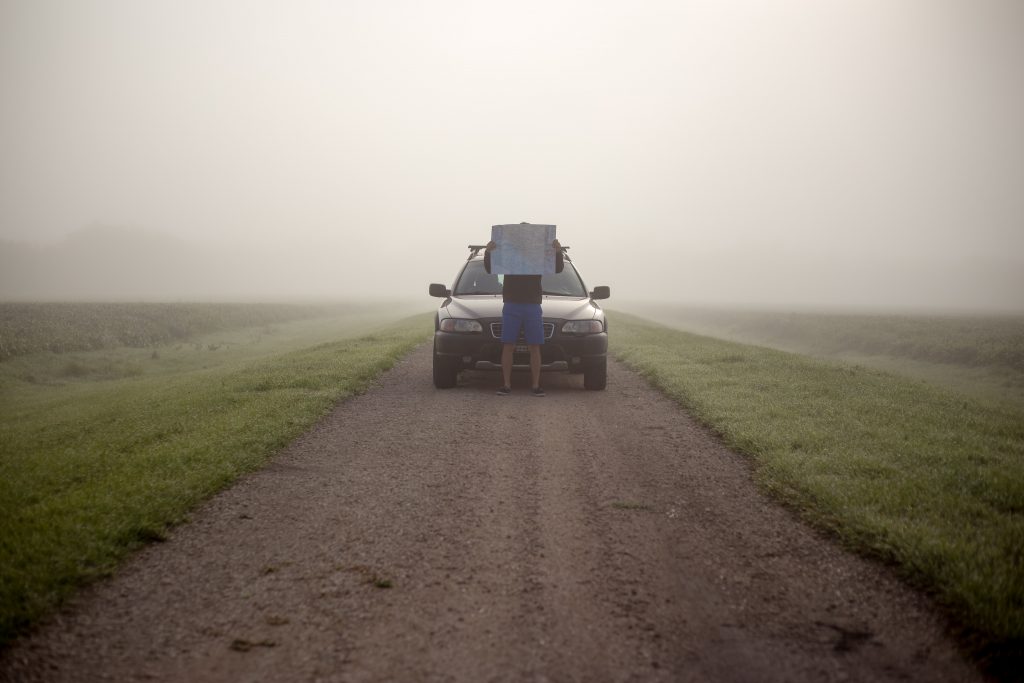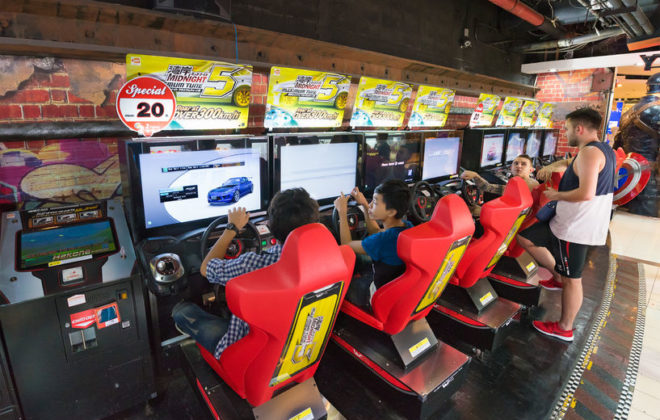Igloos in the Desert: Play Like Your Place.
Igloos in the Desert: Play Like Your Place.
This isn’t so much an article as a plea.
A desperate plea to every sports administrator, sporting leader, government sporting body, national sporting organization, club, coach…..everyone involved in the sports industry…….PLAY LIKE YOUR PLACE.
After pleading, begging, urging and at times even cajoling people in the sports industry to Play Like Your Place, they keep ignoring me and continue to do three things that almost guarantee they’re destined to fail:
- They benchmark;
- They study “best-practice”;
- They copy from other systems, other people, other organizations who they believe are successful and demand – even FORCE – sports to adopt the overseas designed and developed systems.
So…for one more time…..please, please, please PLAY LIKE YOUR PLACE.
Igloos in the Desert.
I read somewhere that the design of the Igloo is one of the most efficient forms of housing ever developed. Its shape, its design, it gets stronger the longer it’s used , the way the very snow and ice it’s built with act as insulation against the cold…it’s a miraculous piece of human ingenuity.
It’s brilliant. It’s fantastic. It’s remarkable.
And it works very very well in the places where it’s designed to work very well.
No one in their right mind would be living in the middle of Rio De Janeiro and think, “We’ve got a housing problem. I’ve read about how amazing Igloos are. Let’s go and study Igloos in the Arctic circle, then come back and build 35000 of them on the beach here in Rio”.
Or what about people living in the Sahara? They must get sick and tired with erecting and pulling down those big tents all the time. And it’s very hot in the desert. But imagine if someone in the Middle East said, “Seems like those Igloos are about the best type of housing in the world. Let’s invite the top 10 Igloo makers from Alaska, have them show us how they build Igloos and let’s start carrying 1000 kilograms of ice everywhere we go”.
Think these ideas are stupid? Do you agree that building Igloos on the beach in Rio and across the burning sands of the Sahara Desert are really dumb ideas?
Tell you something just as stupid.
Traveling to another country, ask them to tell you and show you what they’re doing that works for them and copying it.
That’s the sports industry’s version of building Igloos in the Desert.
Play Like Your Place – the Terry Walsh story.
I’ve got to give credit to Former Australian National Men’s Hockey Coach Terry Walsh, (who delivered Olympic medals for both Australia and the Netherlands) for the title of this post – Play Like Your Place.
I’ll never forget a discussion with him many years ago. Terry said, “You have to play like your place. Brazilians play football like Brazilians….why? Because they’re born, they grow, they go to school, they live….in Brazil. The people, the culture, the environment, the food, the geography, the language, their history, their family…..it’s all Brazilian. They’re not taught to play football like Brazilians….it’s who they are…they Play Like Their Place”.
He continued. “It’s the same when we (the Australian Men’s Hockey team) play Germany….they play like Germans because that’s who they are. 24 hours a day – 7 days a week they are Germans – so naturally when they pick up a hockey stick or kick a football they do so as German players. It’s pointless trying to change any national team to play like another nation. Even though your training sessions might resemble those of another nation, the players are surrounded by their “Place” every moment of every day and it’s a stronger influence that any training program you can conduct”.
Terry is right.
You can’t copy another system – another method – another program – anything that was created to be successful specifically in another nation and make it work as successfully in yours. You can copy the content – but you can’t recreate the CONTEXT!
Igloos in the Desert!!!!!
Copying Kills….So Why Do We Do It?
Copying Kills…but it’s so easy to do. That’s why we do it.
You can Google anything – anything and copy it.
Kids, Teens and even adults are obsessed with “memes” – i.e finding funny or clever images, phrases etc on-line, copying them and sending the meme and / or the link to friends and family….they are copying what someone else has created.
However, in sport as it is in many walks of life, Winners change everything.
A winning coach does interviews, writes a book, presents at a conference….people take notes, record videos and…COPY what the winning coach did.
An athlete breaks the world record, talks about it on TV, in magazine articles and on the speaking circuit….people take notes, record videos and…COPY what the athlete does and says.
A nation shows improvement and success in one aspect of it’s national sporting system, e.g. increased participation, improved high performance results. They talk about at conferences, in the media and on social media…other nations either visit the successful nation and try to learn about what they’re doing….COPY the structures, systems and programs of the successful nation.
Copying is easier – and ostensibly less risky than the alternative……..
The Alternative – Have Faith in Your People, Believe in the Genius of Your own Team, Inspire them to be Courageous in Innovation and provide them with the Opportunity to be Creative and Develop Home Grown Solutions.
The reality is quality Leadership is sadly lacking in sport.
Sending a group of staff to another country to do meetings, have discussions and attend conferences with an aim of coming back to your own country and using the ideas they’ve copied in your own system is NOT leadership.
It’s not even research.
It’s lazy, un-creative replication of other people’s ideas.
- REAL leadership – is having faith in your own people;
- REAL leadership is believing in the genius of your own team;
- REAL leadership is inspiring the hearts and minds of your team members so they feel they can be courageous and innovative;
- REAL leadership is providing your team with the opportunity to be creative.
Sending a couple of people to another hemisphere to find out “the secrets to success” and then imposing these stolen, borrowed or at the very least poorly understood ideas on sport in your own nation is not only terrible leadership, it kills the passion, the enthusiasm and the drive in the most precious resource you have…the people in your own sporting system.

The Pathway – The Best – and Worst Example of Igloos in the Desert!
The best – and worst example of Igloos in the Desert is the Pathway! Practically every nation is struggling to come to terms with the alarming decline in the numbers of kids playing organized, competitive sport and looking to blame everything and everyone for this disaster….
“It’s the Internet” they cry or “It’s parents today. They’re all too soft and too busy” or “Kids today are lazy”.
WRONG. The main reason organized, competitive sport has died all over the world is that YOU – sports administrators and decision makers in sports blindly adopted the Pathway model – which in many cases you then forced sporting organizations to adopt or suffer financial penalties.
This then led to coaches, clubs, sporting associations, sport businesses and others implementing policies and programs designed to drive Early Specialization….and philosophy known for decades to lead to early drop-out.
Because everyone believed the Pathway was working in the UK – countries like Australia, NZ, Canada and others copied it – and now – just as it is in the UK – traditional, organized, competitive sport is failing.
Does the word Lemmings mean anything to you?

Photo by Katie Montgomery on Unsplash
Bench Marking and Best Practice: Two Myths that Lead to Mediocrity.
If I hear one more sporting leader use the words “bench-marking” and “best-practice” I will seriously scream!
What do most people mean when they say “bench-marking” and “best-practice?”
This:
“I’ve been and seen what the leaders in our industry are doing, I took lots of notes and photos and now we know what the BENCHMARK is and we understand what BEST PRACTICE looks like”.
That’s great. But, tell me – honestly. When you did the “bench-marking” and “best-practice” exercise did you:
A. Try to copy it?
B. Try to analyze it, pull it apart, reverse engineer it and understand it completely?
C. Use it as a starting point and launch something new, something better, something more relevant to your own success story?
The problem with most bench-marking is that people will say “we benchmarked” but what they really meant was:
“we went overseas, saw a snapshot of what the best are doing and now we’re going to copy little bits of it to suit our needs”.
The Truth about Bench-marking and Best Practice.
And here’s the real truth about bench-marking and best practice….they are myths.
Firstly, if I had a cutting edge, industry leading, world’s best practice advantage – and you were a competitor – I wouldn’t tell you what we were doing. At most I’d tell what we had done in the past – but not what we’re doing now or what we’re likely to do next.
Second, you can visit a world class organisation and learn WHAT they do but it’s unlikely they’ll tell you HOW they do it, WHY they do it and most importantly WHAT THEY’RE GOING TO DO NEXT. In other words, you can copy the content but not context.
And thirdly, you guessed it – Igloos in the Desert. Most of the time what you observe, what you learn, what you record – doesn’t matter anyway.
You can copy every program, every routine, every skills practice, every training session – but – you can’t copy something created to work optimally in one place and make it work as well or better in another.
Summary:
- When people talk about their nation’s sporting talent, naturally they’re usually referring to athletes. However, a nation’s sporting talent is also its coaches, its officials, its sport scientists, its sports medicine practitioners, its sporting leaders…..a nation’s sporting talent extends way beyond the courts and pools and parks and fields.
- If you want your sport to flourish, support, nurture and invest in ALL of your nation’s sporting talent. Nothing is more destructive to a sport – or even to a nation’s entire sporting system than to have newly appointed CEOS, MDS, Boards and other leaders ignore the talent of the people right in front of them.
- The innovations, the creative ideas and the new and better ways of doing things are right in front of you. They are in the hearts and minds of the people you work with everyday. Show faith in their talent. Show belief in their ingenuity. And stop telling them their ideas are no good because they come from “here”.
Check out my book – NEW SPORT – Why Sport Has to Change.
Tags In
Related Posts
1 Comment
Leave a Reply Cancel reply
Categories
- Athlete Development (3)
- Coach Development (1)
- New Sport (10)
- Sports Parenting (1)
- Sports Participation (1)
- Sports Science (1)
- Sports Systems (4)







[…] There is NOTHING you can buy – no program you can copy – no facility you can build – no software package you can download that will solve your problems in sports participation. […]